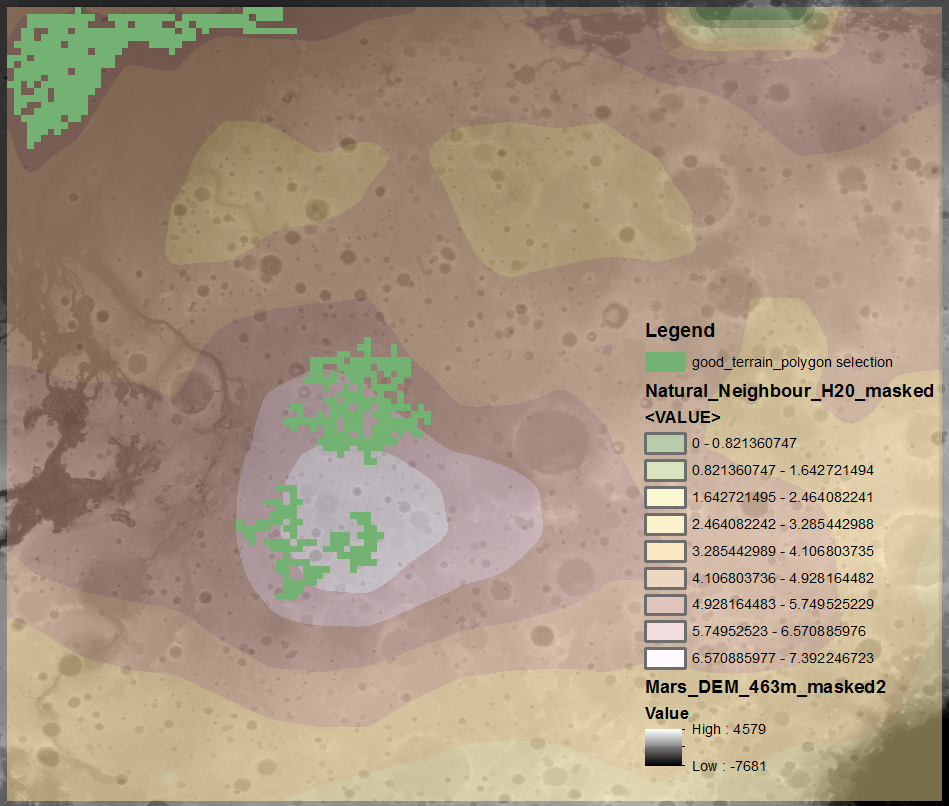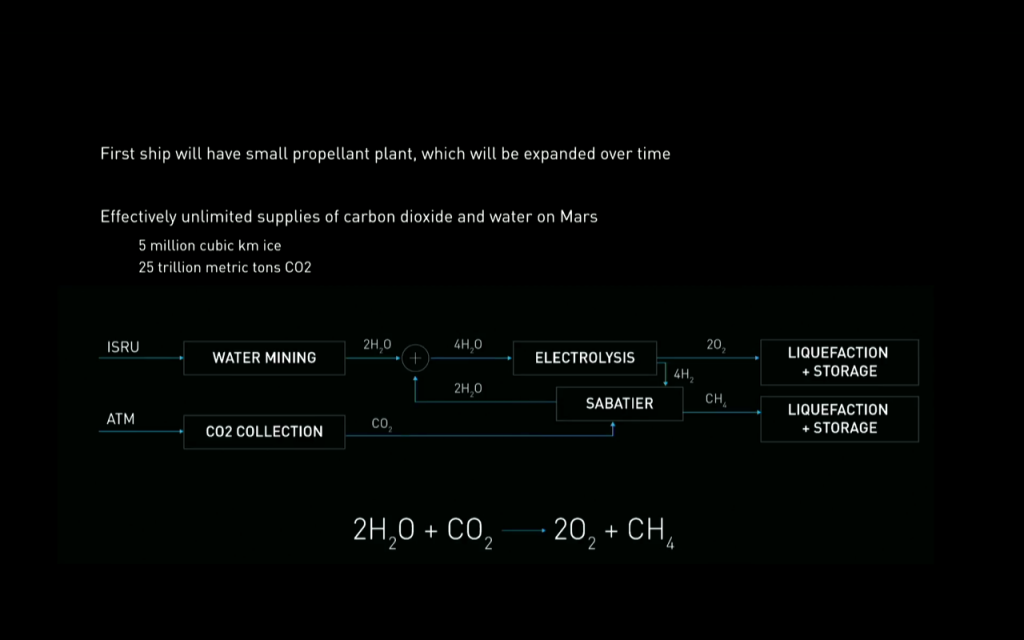Colonizing Mars will become paramount to the survival of the human species at some point in the future, as populations grow and a chance of a global event occurring and causing mass destruction. The largest hurdle right now is getting to Mars. Luckily SpaceX has made it their mission to populate the planet. With the reveal of the ITS it is now time to start thinking about when we have the means to get there what do we do? Gustafson et. al, have provided a potential infrastructure for habitation on Mars. (Fig 1). This is a topic of heavy conversation in the literature for designs of mars habitation. One thing can be certain, it is easier to build on flat terrain than sloped terrain. This is why slopes of 0-3 degrees were considered favorable for habitation. It may be possible to use dust data on Mars to look for sites with heavy dust as this can be used to pile onto certain habitation modules to protect from solar radiation (a large problem when considering life on other planets)

Figure 1.
For martian colonies to be successful they are going to require heavy support from Earth early on. This support will come in the form of equipment resources and more colonists. The initial set up of Mars’ colonies will hinge on the ability to use martian resources such as subterranean ice and extractable resources from ores on Mars.The locations for landing and colonization were hand picked due to their proximity to relatively high levels of subterranean ice. This is important for ISRU to provide fuel and water for martian civilization.

Figure 2.
The locations for landing and colonization were hand picked due to their proximity to relatively high levels of subterranean ice (Fig 2). This is important for ISRU to provide fuel and water. ISRU could be set up in many locations on the outskirts of the colony or between the landing and colony site. This will allow refueling of the ITS to be flown back to earth for refurbishment and reuse on subsequent to Mars. Fuel will consist of Methane (CH4) and liquid oxygen (O2) (Fig 3).

Figure 3.
Musk.E (2016). Mars_Presentation
The largest hurdle for quick and streamlined analysis on Mars is due to the lack of a projected Martian surface. Once this has been established or is in wider use, then further analysis can be done when limitations on computational power are not an issue. The inclusion of a dust map would benefit landing location selection as it will be possible to protect possible damage to the ITS caused by dust. It would also be beneficial to have exploration parties gather further information on these likely areas before colonization selection occurs. Hopefully by 2030 it will be possible to do just that.